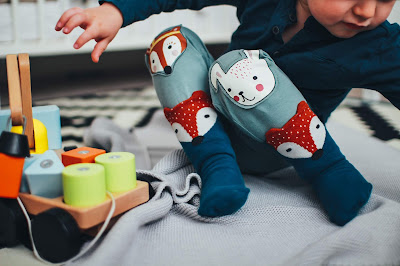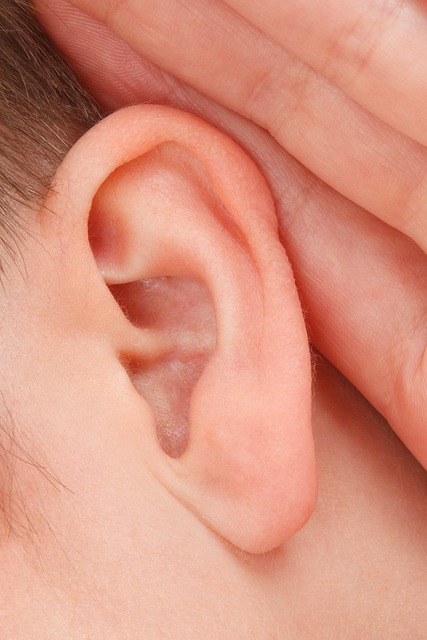 |
| Indoor Fun |
Preparing some ideas in advance of not only entertaining your child, but giving your child a healthy lifestyle by being active, can make winter more enjoyable for everyone in the family.
1) Move to Dance Games or Videos
Thanks to the advancement in technology, there are many videos and dance games that can be played on your television set. They come with the latest music that your child is sure to love, which will make it almost impossible for your child to just lay on the couch.
The dance games or videos engage your child in a physical activity without him or her realizing it. All your child is thinking about is winning the game and dancing to the latest popular music. You may even want to get in on the fun with your child to encourage him or her to be active. It can benefit both of you.
2) Play Active Board Games
There are many active board games available at your local stores that encourage players to actually get up and move around. For example, the very popular Twister game has been around for years, but it still brings smiles and fun to everyone that plays.
Games that encourage your child to move around and not just sit still or lay down are more intriguing for your child. It is always fun to get up and move. Even a game of Pictionary encourages your child to get up and draw and move about, increasing his or her activity with his or her knowledge and creativity.
3) Bring out the Crafts
Winter is a perfect time to bring out the creativity in your child. Crafting is a hands-on activity that engages a child’s brain and keeps him or her from becoming bored or laying on the couch watching television all day.
If you are unsure on what crafting activity to do, take your child with you to a craft store and let your child pick something that he or she would like to make. There is painting, clay, or paper activities, to name a few, that allow your child to tap into his or her creativity and make items that he or she can use, such as jewelry or even model cars.
If you don’t engage your child with something fun and interesting, he or she will choose the television when spending time indoors during the cold winter months.
An exercise video or machine is great for adults, but not so exciting for children, especially if they are young.
The key is to plan ahead for winter activities, so when the cold sets in you will have a cupboard full of exciting activities for your child and your family to participate in.
If you keep these items just for winter, they are even more exciting for children, because it is like everything is brand new or it can be part of a family tradition.
FUN Photo by rawpixel on Unsplash
Board Game Photo by Randy Fath on Unsplash











